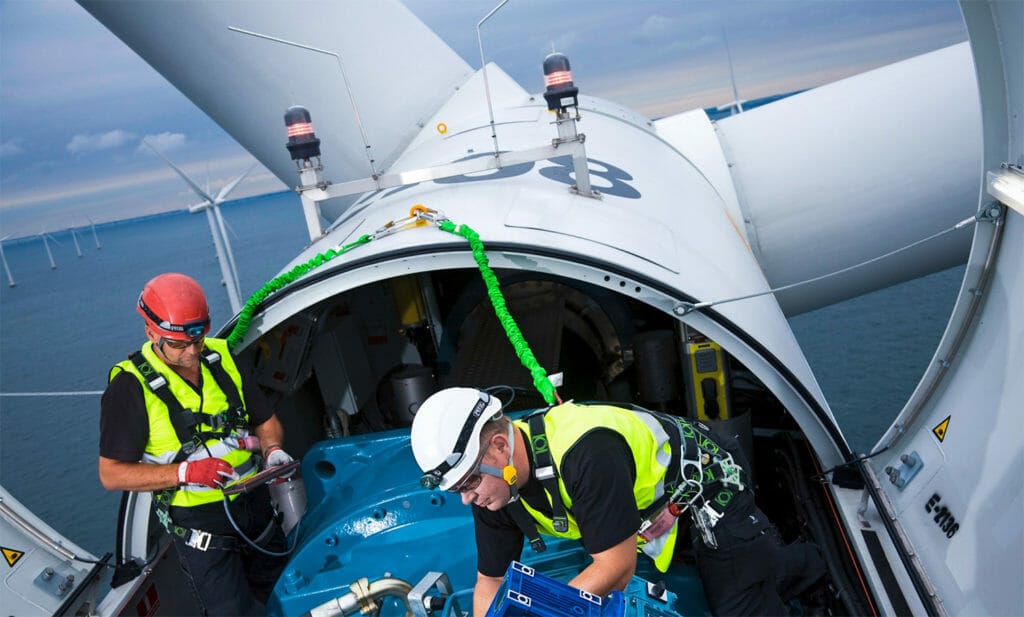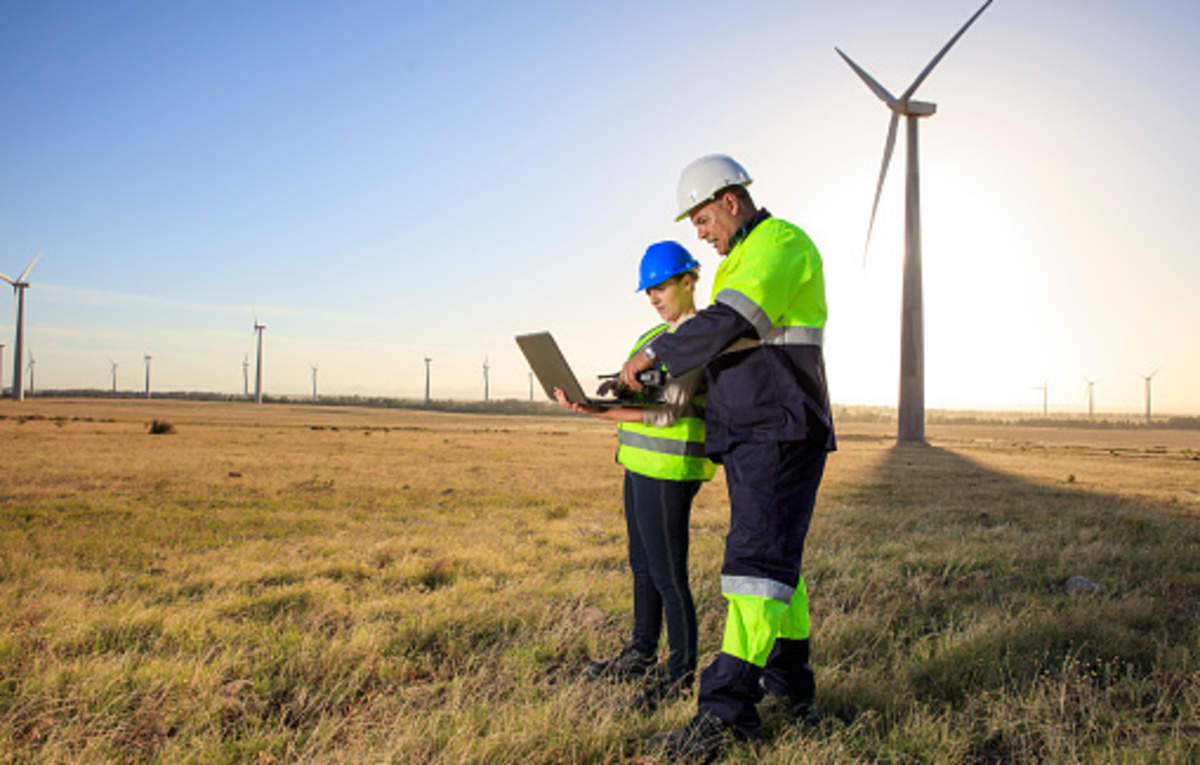In the dynamic world of offshore wind energy, the need for skilled, safety-conscious professionals has never been more critical. As offshore wind farms sprout along coastlines globally, safety takes centre stage, and the Global Wind Organisation – GWO offshore training emerges as a pivotal player in this high-stakes industry.
GWO Basic Safety Training (BST) stands as a linchpin for individuals aspiring to work in offshore wind installations. This comprehensive program is structured around five modules, each designed to address crucial facets of safety within the wind energy sector:
Working at Height with Manual Handling (2 modules): This module dives deep into the intricacies of safely working at great heights, coupled with essential techniques for handling objects manually—vital skills for this industry.
First Aid: Participants acquire indispensable first-aid proficiency, ensuring they can provide immediate assistance during medical emergencies or injuries.
Sea Survival: In the unforgiving offshore environment, sea survival training becomes paramount. This module imparts the knowledge and skills necessary to navigate sea-related emergencies with poise and safety.
Fire Awareness: Fire safety awareness is a non-negotiable element of offshore wind work. Understanding fire prevention and knowing how to respond to potential fire incidents are cornerstones of this training.

These GWO courses typically remain valid for a two-year period. Afterwards, individuals must engage in refresher courses to renew their certification. These refreshers revisit the same content, offering an opportunity to update and reinforce the knowledge and skills acquired during the initial training.
GWO training is not merely a formality—it’s a critical component of offshore wind safety. It not only elevates the safety standards for the workforce but also assures employers and the industry that their personnel are well-versed in basic safety practices.
Here’s a closer look at some key GWO training options:
Onshore Full and Refresher Packages: These packages cater to those working on onshore projects or pre-assembly sites, providing them with a comprehensive safety training regimen tailored to their specific roles.
GWO Advanced Rescue Training: These courses delve into advanced rescue techniques, encompassing hub, spinner, inside blade, nacelle, tower, and basement rescues. To enrol, participants must hold in-date GWO working at height, first aid, and manual handling certificates.
GWO Enhanced First Aid: This course raises the skill bar for professionals working on remote onshore/offshore wind turbines, equipping them for emergencies in remote and isolated settings.
GWO Blade Repair: For those with aspirations in wind turbine blade repair and maintenance, this intensive 10-day program over two weeks offers comprehensive training for this specialized field.
The Global Wind Organisation (GWO) was established to champion safety within the wind industry. It sets industry standards and ensures that certified training providers meet stringent competency and proficiency criteria. A GWO certificate is a mark of competence and expertise in fundamental safety practices within the wind energy sector. Ensure that you choose a reputable business to train with.
As the offshore wind sector continues to burgeon, GWO training remains the bedrock for ensuring the safety and competence of its workforce. Whether you’re already part of the industry or striving to enter it, investing in GWO training is not only a prudent career choice but also a testament to your commitment to fostering a safer work environment for all stakeholders involved.
















